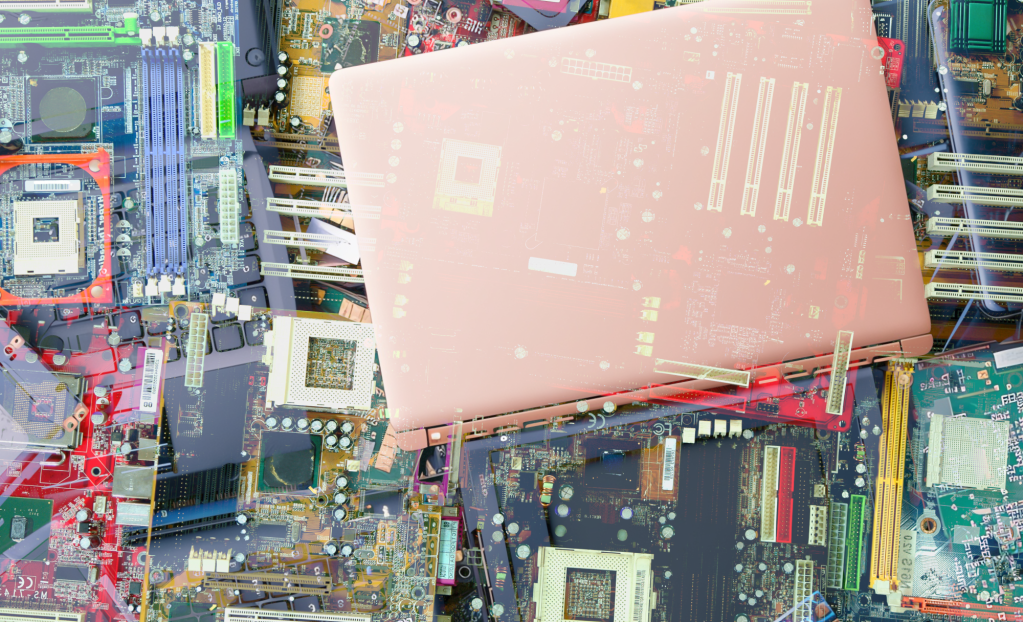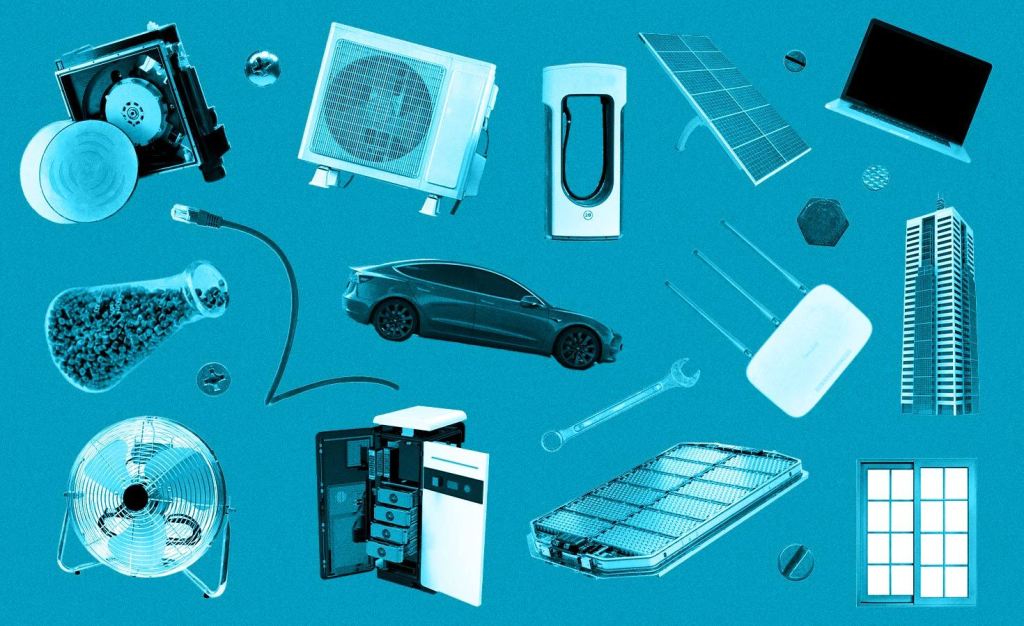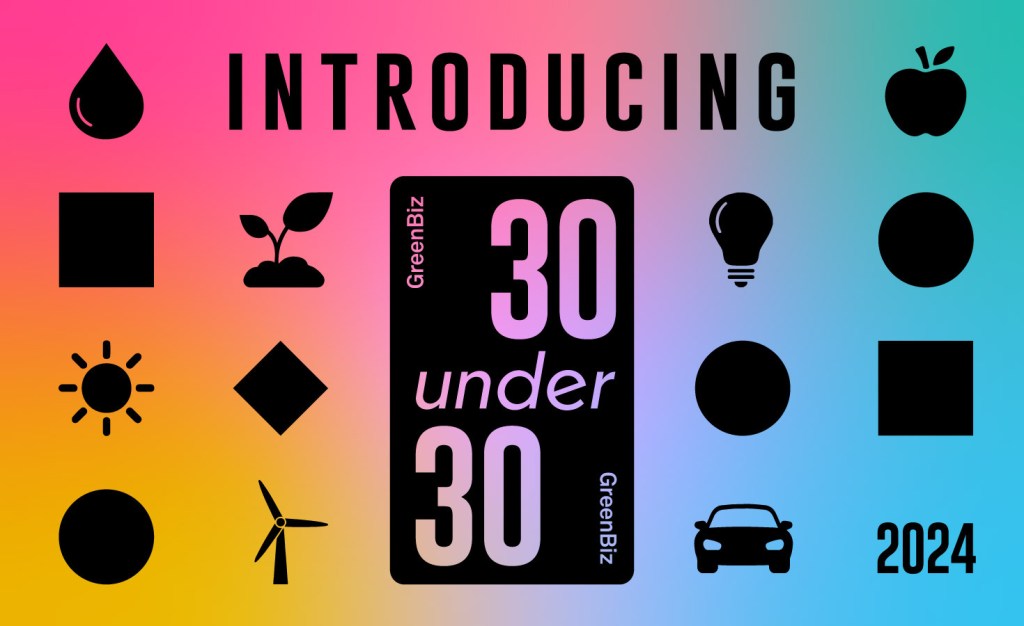New carbon credits put focus on electronics recycling and reuse
Bloom ESG's registry allows IT recyclers and asset management companies to make avoided emissions claims for their operations. Read More

- Electronic waste such as old mobile phones and computers is the fastest growing waste stream globally.
- Bloom ESG’s methodology assigns an avoided emissions value for processes such as mining electronics for rare earth minerals or disassembling them for component parts.
- More companies and manufacturers are using IT asset management companies to find second-life uses for aging technology.
Old computers, mobile phones, data center servers and other electronics make up the world’s fastest growing waste stream —62 billion kilograms in 2022. Less than one-quarter of it is collected and processed into some sort of second life, according to the 2024 Global E-Waste Monitor.
A small, four-year-old U.K. consulting firm has created a new type of carbon credit it hopes will change that.
Written by Bloom ESG, the methodology assigns greenhouse gas emissions reduction values to processes such as mining discarded electronics for rare earth minerals, disassembling them for their component parts or sprucing them up to sell as refurbished gear.
Dynamic Lifecycle Innovations, a technology and electronics recycler with facilities in Wisconsin and Tennessee, bought the first 300,000 verified carbon credits issued under the new scheme. Those credits represent emissions avoided as a result of Dynamic Lifecycle’s operations in 2023.
Bloom ESG’s methodology uses the ISO 14064 standard for greenhouse gas accounting from the International Organization for Standardization. The credits are considered insets, rather than offsets, as they measure an activity’s impact within a company’s supply chain or operations, said Sebastian Foot, co-founder of Bloom ESG.
”If we can put a focus on increasing the reuse of electronics, there is a credible benefit we can receive as a result,” Foot said.
More buyers sought
Dynamic Lifecycle can retire the credits for its own ESG-related accounting and disclosures, or trade the credits to equipment manufacturers or corporations to use for their own claims.
“Everything tells us that this should work, and the market should receive it well,” said Curt Greeno, president of Dynamic Lifecycle.
Bloom ESG is courting other recyclers and IT asset managers to create a trading registry for the credits by the end of 2025. Participating companies will pay an annual licensing cost plus fees related to credit issuance and retirement, Foot said.
Companies investing in strategies that give a second life to computers usually do so to reduce costs and create new value for their business, said Michael Leitl, executive director of circular economy strategy firm Indeed Innovation. Two examples are Deutsche Telekom and Cisco, which offer financing methods for their products that encourage customers to return them as they age. “By controlling the secondhand market, they can keep the quality high and guarantee that their brand is not damaged,” he said.
The new registry will help to communicate the value of these activities, but Leitl cautioned companies to be careful about how they use the credits to make their claims. “It’s really a discussion between the sustainability department and the general business manager,” he said.












